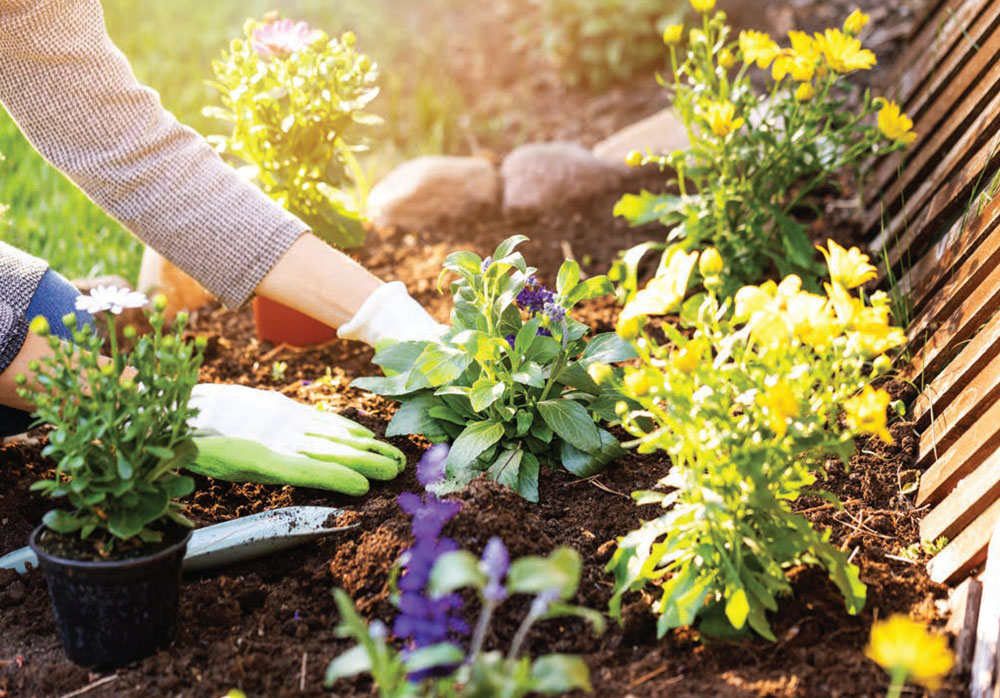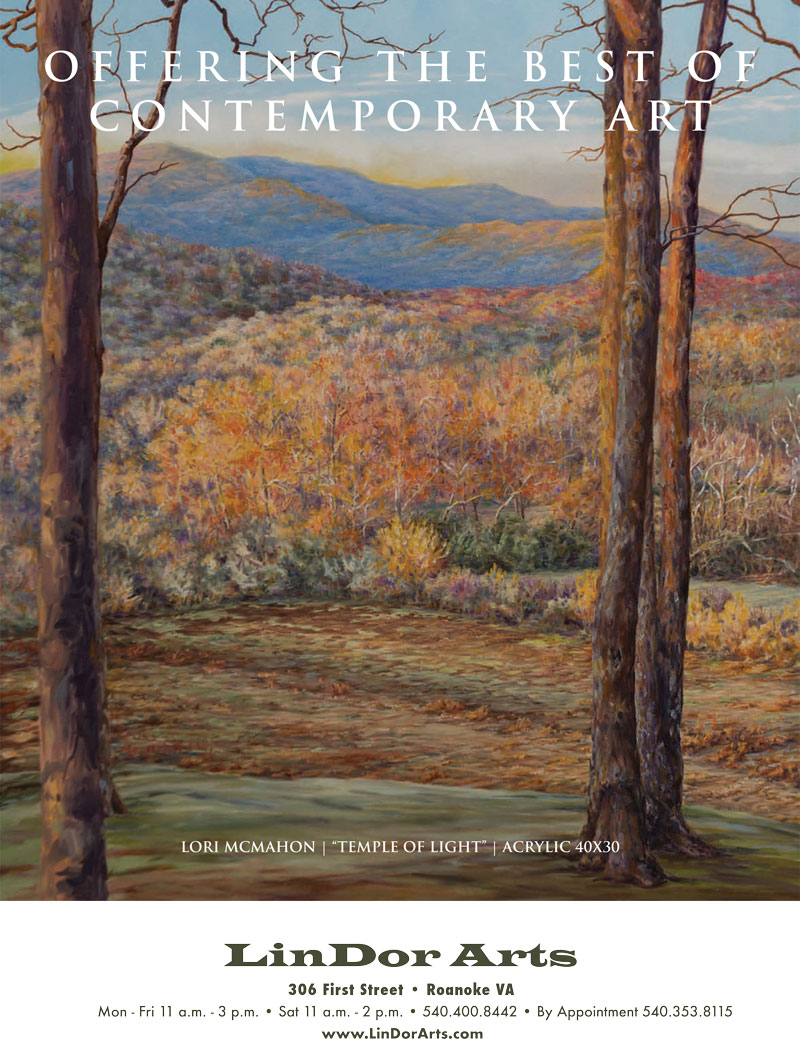Animal Attraction
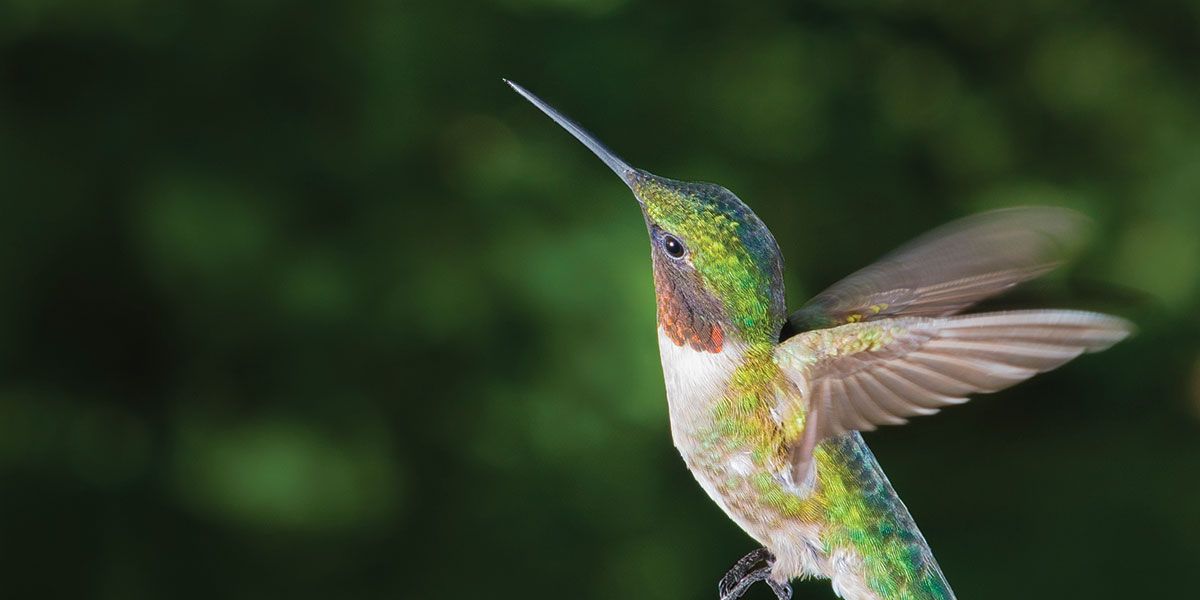
CREATE A GARDEN THAT MAKES YOUR FAVORITE POLLINATORS FEEL AT HOME
No matter how old I get or the level of gardening experience I accumulate, whenever I see a butterfly come in for a landing or a hummingbird zip in for a snack, I feel the rush of excitement I experienced as a child. I hold my breath — craning my neck at attention — as I watch a small scene unfold.
Of course, we build our gardens to look beautiful, carefully selecting colors and textures that create a visually appealing landscape. However, also consider the wonderful pollinator friends your plants and flowers may entice, such as hummingbirds, butterflies and bees.
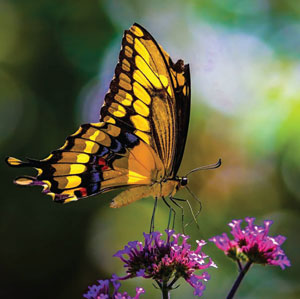 Townside Gardens in Roanoke (located at 3614 Franklin Road SW) was founded in 1987; Casey Broughton and her mother purchased the business in 2020 after Broughton had worked there for five years. Broughton says some customers ask about plants to attract pollinators — but she doesn’t feel they get asked about this topic enough.
Townside Gardens in Roanoke (located at 3614 Franklin Road SW) was founded in 1987; Casey Broughton and her mother purchased the business in 2020 after Broughton had worked there for five years. Broughton says some customers ask about plants to attract pollinators — but she doesn’t feel they get asked about this topic enough.
“We still get quite a few who come in to ask for flowers that ‘won’t attract bees.’ We understand that this is based on fear of being stung and lack of education about the behavior of bees,” Broughton said. “We have worked hard to educate our community about the importance of our pollinators.”
As Broughton explains, not only are pollinators essential to growing a beautiful garden, but they are also essential to the food chain.
“Roughly 75 percent of all known plant species depend on animal or insect pollinators. So, if you want your apple trees to grow apples, your vegetable garden to produce abundant veggies, or your holly trees to make pretty red berries in the winter, you need to care about pollinators,” Broughton said, citing a U.S. Department of Agriculture statistic that about 35 percent of the world’s food crops depend on animal pollinators to reproduce.
Bottom line: You can attract some of your favorite pollinator friends to your garden and contribute to a bigger cause at the same time. It’s a win-win!
If you’re ready to get started, here are a few of Broughton’s top tips for bringing pollinators to your garden:
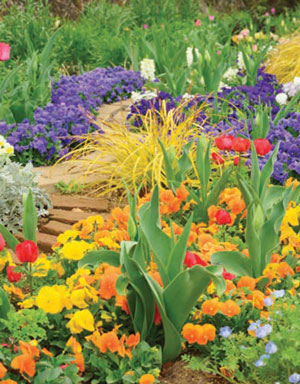 Tip #1: Prioritize native plants
Tip #1: Prioritize native plants
Native plants, defined as “local” plants that have been growing in an area for thousands of years, are best suited to providing high-quality food sources for pollinators.
“Many cultivars have been bred for the human eye. Often, along the way, qualities like nectar production and scent are selected against and lost in the process,” she explained.
So, should you only choose native plants? Not necessarily, Broughton noted.
“Ornamentals certainly have their place. Just be careful you are not planting something that will out compete your natives and become invasive,” she explained.
Tip #2: Must have water
A steady supply of fresh water ensures pollinators can drink, cool off and reproduce.
“If you don’t have a natural water source in your yard, you can use a small bird bath or shallow dish. Ensure that the water is not too deep and the sides are gently sloped with good grip,” Broughton said, explaining that bees are notorious for drowning in deep bird baths.
Be sure to keep your water source clean and free of algae, mold and pesticides.
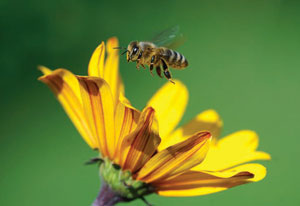 Tip #3: Keep them coming back for more
Tip #3: Keep them coming back for more
Just like we will sometimes drive out of the way to go to “our” familiar grocery store, animals, birds and insects are also creatures of habit.
“If you want to create a sustainable home for your resident pollinators, they’ll need food sources (and fresh water) year round,” said Broughton.
That’s why it’s important to consider a layered approach with your garden, making sure to include a blend of plant materials, shrubs, perennials and annuals so that your garden has something to offer for pollinators at various times of the year.
“Perennials are nice because you don’t have to plant them year after year. Once planted, many perennials will spread and fill larger spaces, growing together and among shrubs and trees,” said Broughton. “The downside to perennials is their comparatively short bloom time. Most perennials bloom for about three to four weeks.”
Annuals, on the other hand, frequently bloom spring through early fall.
“They are an excellent food source for pollinators and are often brightly colored, attracting a wide variety of pollinators. They will, however, have to be replaced every year in the spring as they do not survive the winter,” Broughton explained.
Tip #4: Let it hang … or climb
Hanging baskets on your deck or porch is a way to draw pollinators to different areas around your home, giving them even more places to frequent.
Or, whether it’s on a fence or a pergola, consider adding vines to your outdoor landscapes — pollinators love them, especially jasmine and honeysuckle.
“Look at your space and evaluate the various heights, shapes, sizes and growth habits,” said Broughton. “You should have ground covers, shrubs, trees, vines, grasses, etc. This variety ensures an ecosystem in balance and provides ample opportunities for pollinators to forage, nest, reproduce and hibernate safely.”
Now, let’s get specific. Here are a few of Broughton’s pollinator-friendly recommendations. She chose this list based on how well they perform in this area and whether they are easy to find in local stores.
ASCLEPIAS (AKA: MILKWEED OR BUTTERFLY WEED)
Asclepias is an essential food source for monarch butterflies. Without butterfly weed, these butterflies would become extinct. Not only do the caterpillars eat the leaves of the plant, but they also pollinate the flowers and lay their eggs on the leaves. There are many species of asclepias. Most are perennials in our zone (such as asclepias tuberosa and asclepias incarnata). But there are some tropical varieties we grow here as annuals (such as asclepias curassavica). Asclepias is a summer/early fall bloomer.
SOLIDAGO SPECIOSA (AKA: GOLDENROD)
Goldenrod is a common native plant you see growing in fields in Virginia. This yellow flower attracts throngs of different pollinators and is an important nectar source for pollinators in the late summer and fall.
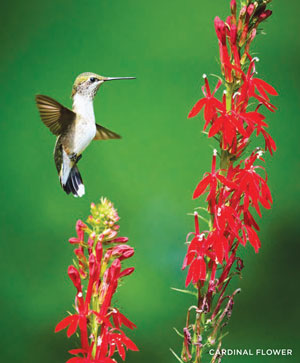 LOBELIA CARDINALIS (AKA: CARDINAL FLOWER)
LOBELIA CARDINALIS (AKA: CARDINAL FLOWER)
This red, tube-shaped flower is popular with birds and butterflies. It depends on hummingbirds for pollination. Their long tongues can reach the nectar deep inside the flowers. The cardinal flower blooms in summer/fall.
BIGNONIA CAPREOLATA (AKA: CROSSVINE)
This vining plant produces orangey-red blooms that are an excellent early season nectar source for butterflies and hummingbirds.
OXYDENDRUM ARBOREUM (AKA: SOURWOOD TREE)
This relatively large native tree flowers in the summer and provides a good nectar source for native bees.
AMELANCHIER (AKA: SERVICEBERRY)
Serviceberry is a good choice aesthetically due to the year-round interest it provides. In the spring, they produce white flowers. The flowers give way to small edible purple fruits in the summer. Serviceberry also puts on a good show in the fall with yellow-to-red fall foliage. Serviceberry is a good choice for pollinators because it’s one of the earliest spring bloomers, providing nectar and pollen.
Enjoy the lovely blooms of this wide variety of flora, and your birds and bees will happily keep our ecosystem healthier for us all. ✦
annuals, Bee Balm, bees, butterflies, butterfly bushes, day lilies, ecosystem, foxglove, hanging baskets, Hollyhock, hummingbirds, impatiens, lantana, lupine, Perennials, Pergola, petunias, pollinators, U.S. Department of Agriculture
